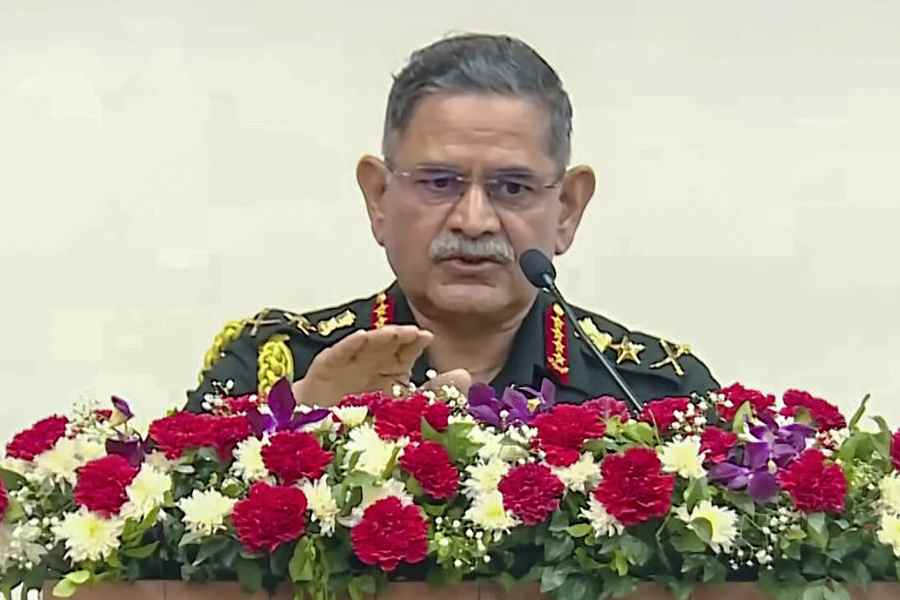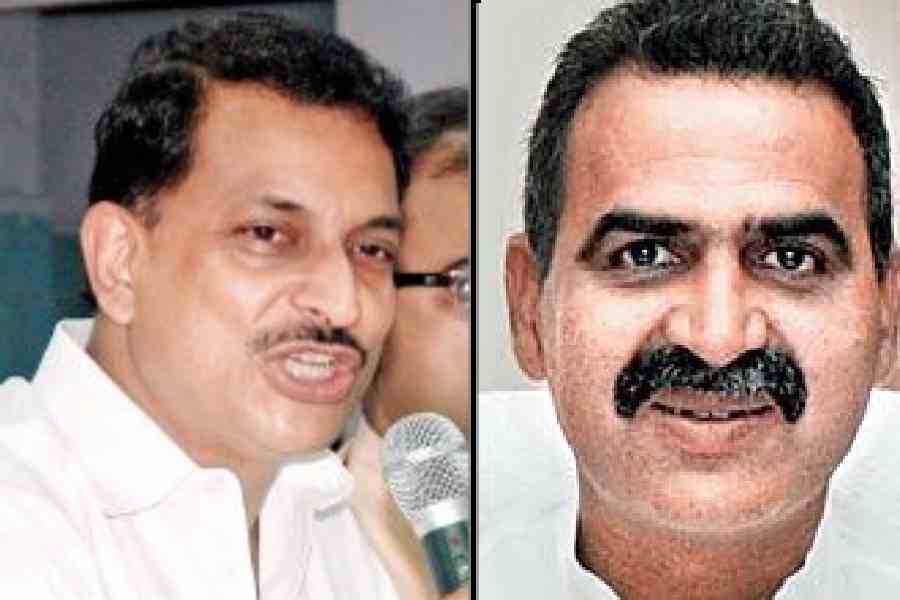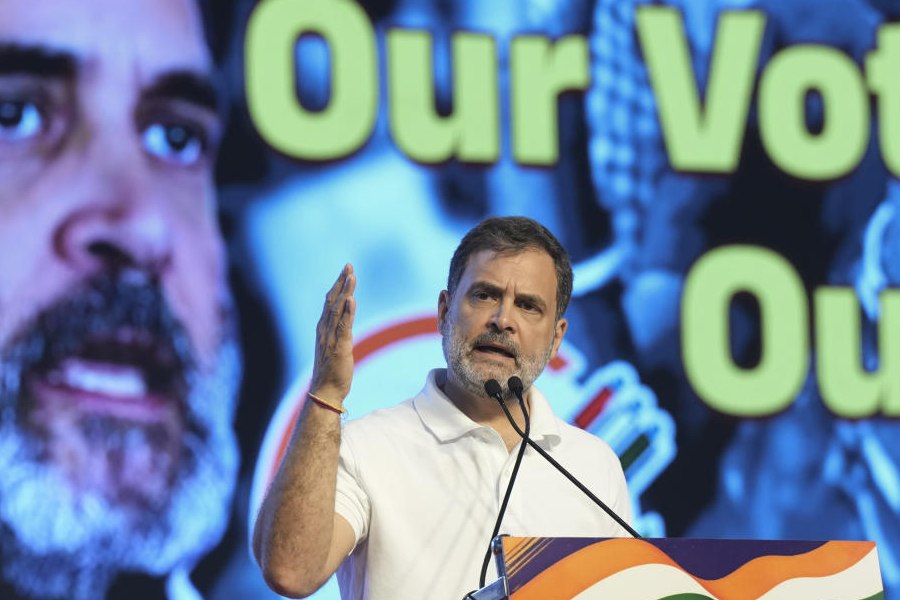The term ‘ethnomathematics’ was first used in the late 1960s by a Brazilian mathematician, Ubiratan D’Ambrosio, to describe the mathematical practices of identifiable cultural groups. Some see it as the study of mathematics in different cultures, others as a way of making mathematics more relevant to different cultural or ethnic groups, yet others as a way of understanding the differences between cultures. Ethnomathematics is a rather unusual discipline, because it tries to meld science and social justice. This isn’t something that sits comfortably with many scientists: science, they argue, is science, and trying to make it politically correct will only impede its progress. The debate over the discipline is raging for more than a decade. How does this help mathematics? Well, the jury is out on this. However, the study will enrich the social history of mathematics.
PUZZLE 1: Rameses wishes to build a great pyramid for his internment. The structure will have a square base and be solidly composed of cubical stone blocks. Each level of the pyramid contains one less block per side as the pyramid rises. Rameses has got an initial work force of 35,000 slaves. Each morning the available labour pool is divided into work crews of 17 slaves each. Any remainder that cannot form a full crew gets the day off but are available the following day. Each crew can lay one block of the pyramid each day. Unfortunately, the heat of the desert sun causes the death of one member of each crew each day. Work ceases on the project when it can be determined that there will be insufficient slaves available to raise the pyramid one more level. Each stone block measures 3 meters per side. How many days will it take to construct Rameses’ pyramid? How tall will it be? How many of the original slaves survive the construction?
PUZZLE 2: The three of us made some bets:
First, Waldo won from Molly as much as Waldo had originally. Next, Molly won from Spike as much as Molly then had left. Finally, Spike won from Waldo as much as Spike then had left. We ended up having equal amounts of money. I started with 50 cents. Who am I?
Solutions on November 21
CORRECT ENTRIES
October 24
Abhinandan Khan, Dum Dum; Sreechandra Banerjee, Calcutta-19; Rana Pratap Singh, ISM-Dhanbad; Bikram Pratim Bhuyan, Guwahati-36; Debasis Ganguly, Alumnus Software Ltd; Rajarshi Chakraborty, Jadavpur University; Ravi Raja, Calcutta-20; Anuradha Awasthi, Calcutta-25; S.K. Choudhary, Durgapur-12; Subhash Chandra Mukhopadhyay, Jamshedpur; Shiv Kumari Sinha, Dhanbad; L.K. Singh, Imphal; Triguna Sharma, Calcutta-20; P.K. Iyengar, Jharia; Aruna Srivastava, Dimapur; Debashis Basu Thakur, Jadavpur; Sanjit Sinha, Bermo; Dipankar Mohan, Patratu.
Please send your entries addressed to KnowHOW, 6 Prafulla Sarkar Street, Calcutta-700 001 within 10 days. You can also mail your entries to knowhow@abpmail.com
PUZZLE CRACKED
Solution 1: Let D() be the number of different flavours that can be made with candies, and let E() be the number of different flavours that can be made with candies, but not with any smaller number. Arrange the sticks and candies in a straight line; this can be done in (+4)!/(!4!) ways. Note that each such arrangement corresponds to a different flavour by simple mapping and arranging all the candies on the left of the first stick. Let the first stick be apple, the candies between the first and second sticks be banana and so on.
This is a standard discrete math technique. It follows that F=14C4+13C4+12C4+ 11C4+10C4-7C4-2x6C4-5C4=2681.
Solution 2: Yes N is an even number.
The puzzles appeared on October 24










